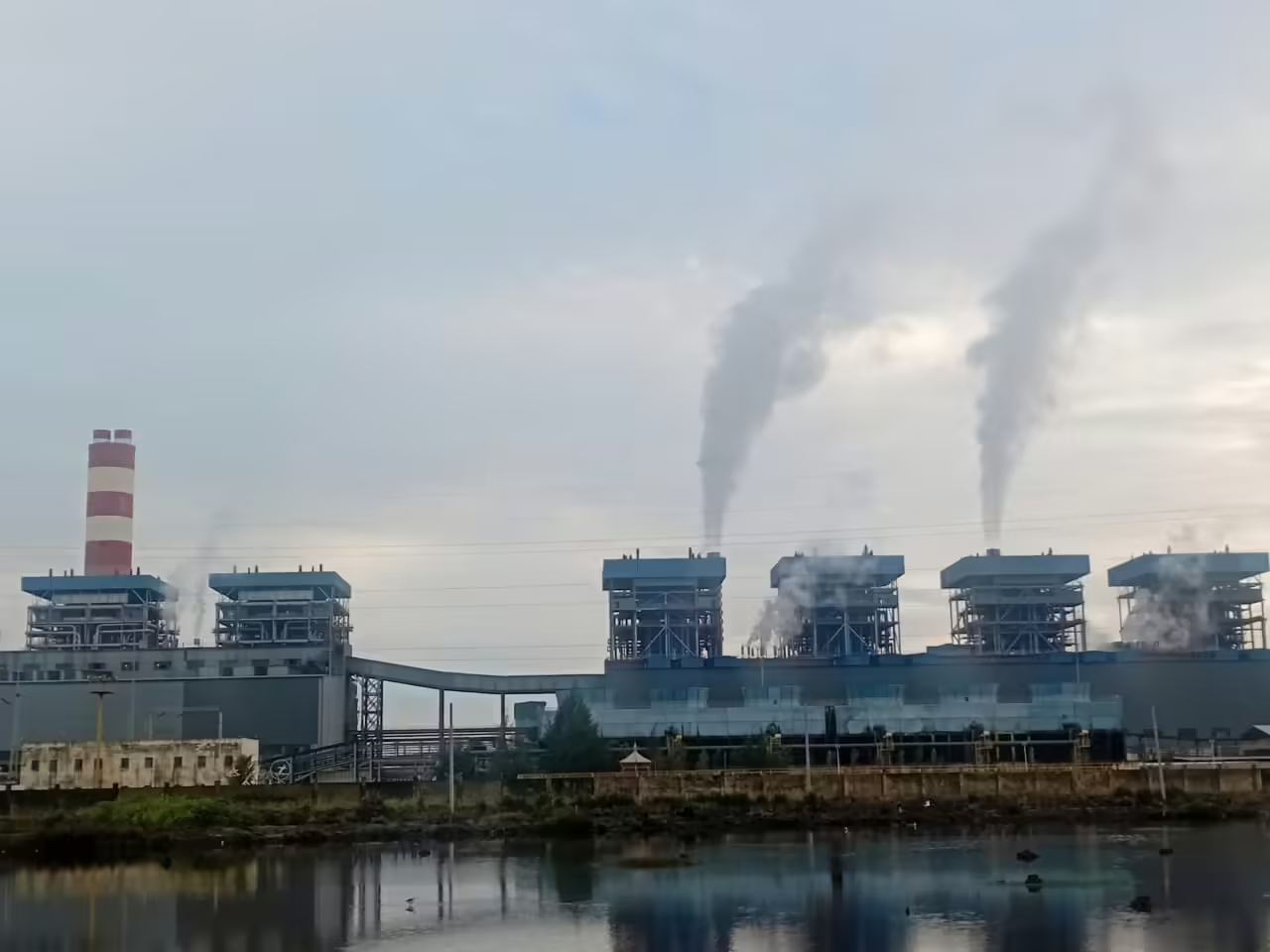Jakarta, Ekuatorial – Even with current climate policies, Indonesia still need to apply deep carbon emission cuts to prevent the world to reach two degrees Celsius temperature, said an expert, in Jakarta, on Tuesday (16/6).
“It has to be deep [carbon emission cuts] because it would not be enough to rely on 26 percent [Indonesia’a announced emission cut target by 2020],” said Ucok W. Siagian of Energy Policy Research Center, Bandung Institute of Technology (ITB) at the sideline of Climate Action Day Conference, held in Jakarta.
Deep carbon emissions cuts or decarbonization, said Siagian, would mean for Indonesia to abandon coal as fuel and shift to solar and hydro powers.
“We still have lots of coal so why not. But, if we want to be serious in tackling climate change then coal must be reduced,” he said. “Even if we use it, then it must be through CCS [Carbon Capture Storage which injects carbon dioxide back into the ground]. If not, then we must [apply] fully opt for renewable, such as solar, wind and hydro.”
Citing on the 2014 Report of Deep Decarbonization Pathways Project (DDPP), he said that Indonesia must decrease its coal use by 2050 and rely more on solar and hydro powers.
The report, published under the collaboration between The United Nations Sustainable Development Solutions Network (SDSN) and Institute for Sustainable Development and International Relations (IDDRI), conducted in 15 countries, including Indonesia, detailing their specific pathways to tackle climate change but being consistent with development goals.
It prompted seven largest high income countries, — US, Japan, Germany, UK, France, Italy, and Canada –, or G7 agreed on “decarbonization of the global economy over the course of this century”, last week.
Though only stands as a declaration, it was praised as a step forward to achieve a global agreement at the upcoming climate change conference, in Paris, on December.
Henri Waisman, coordinator of Deep Decabornization Pathways Project, said the numbers may be put in 2015 may not be sufficient, may not be ambitious.
“But, anyway, we are entering the process where Indonesia starts to understand what it means and there’s a continuation on this discussion about decarbonization strategy. The more you look at it, the more clearly that it’s in the country’s interest that you do [decarbonization] it,” he said.
Decarbonization, he said, was about defining trajectory that can design some transformation on social economy and energy system that can lead to low carbon emission in the long term but being consistent with development trajectory.
“What we want is to go beyond of having numbers of emissions because it’s not transformative enough. We need to understand what are the transformation of different components you do to make it low carbon,” said Waisman. “If you have components and transparency then you’ll have tools that allow you to discuss between development and emission reduction.” Fidelis E. Satriastanti



